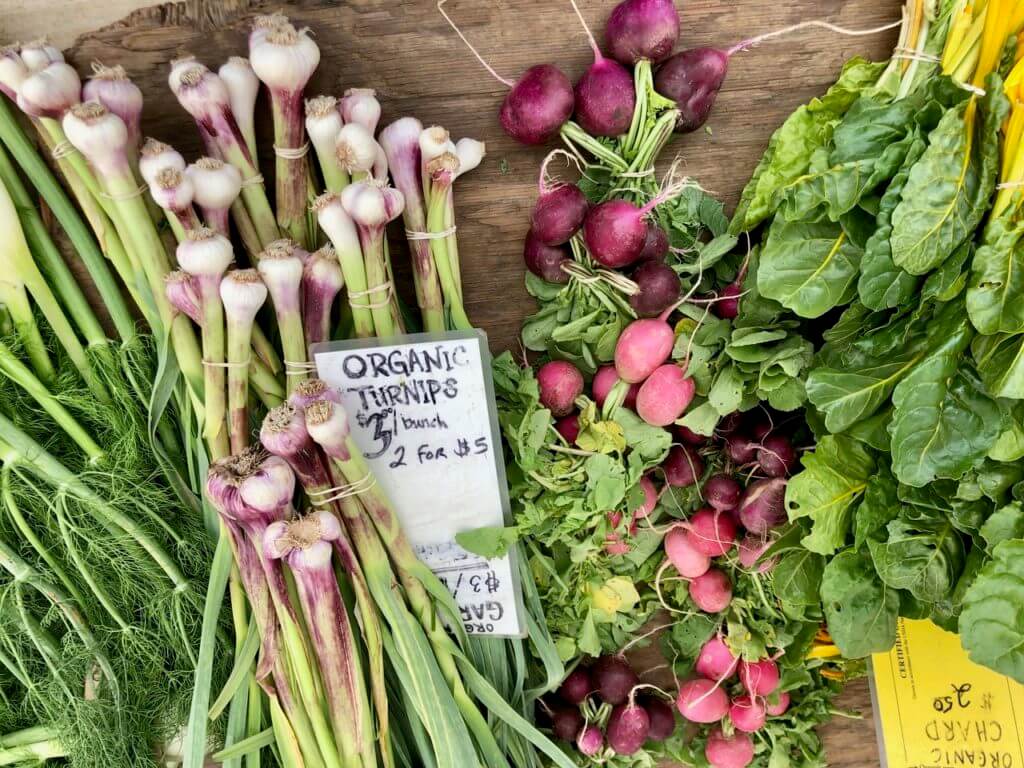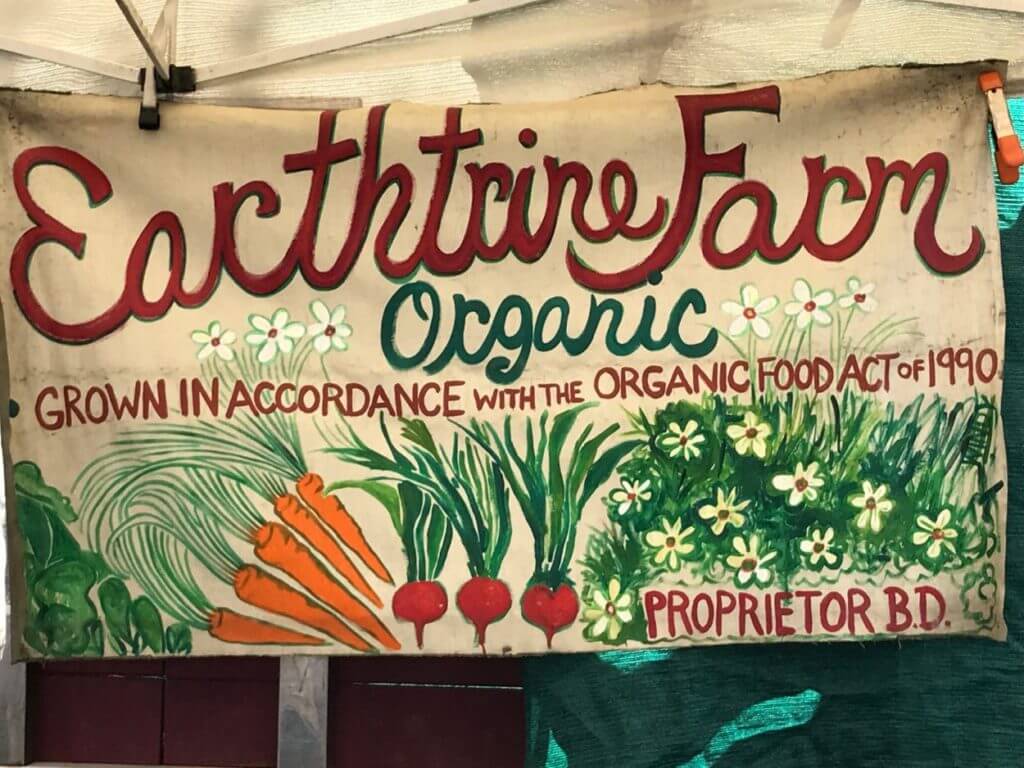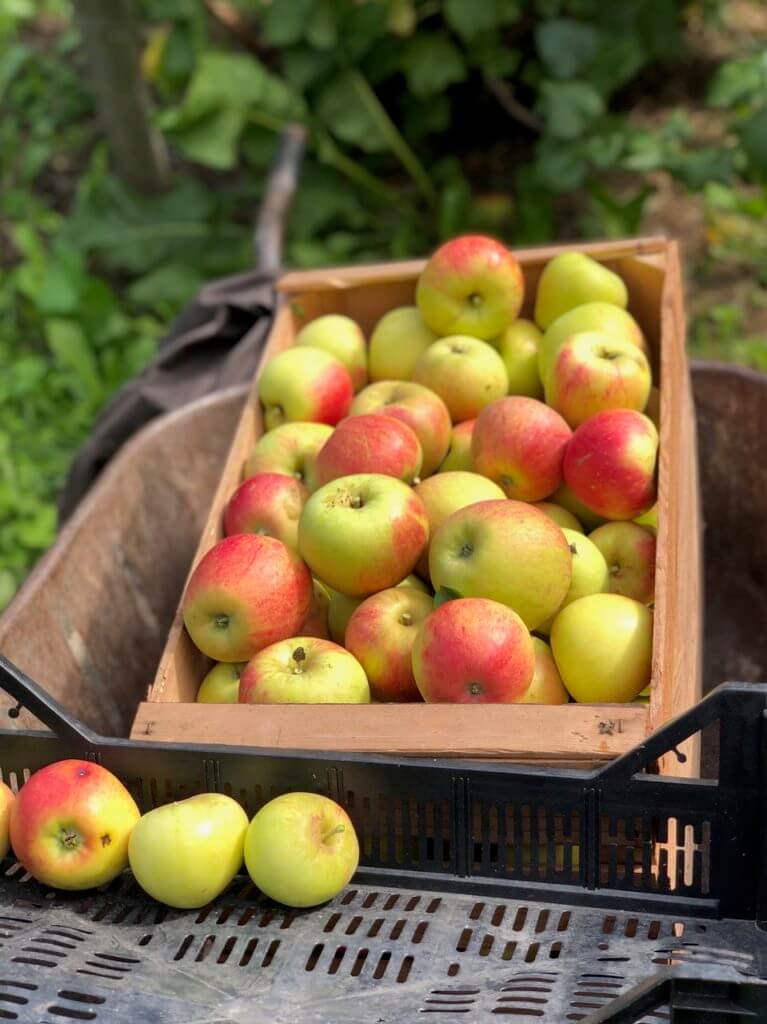Clearing Up Confusions on Organic Food

It seems that organic food is the new black, or green for that matter, as it is surging in popularity in the supermarket aisle as a more sustainably produced option. Indeed, the USDA reports that retail sales of organic foods more than doubled from 1994 to 2014, with a steady annual growth of about 10% over the past several years. In the past, organic foods were relegated to the “organic produce bin” in the natural food store, but now you can find virtually any edible with an organic label slapped on it, from apples to gummy bears to vodka. Organic products are now in three out of four conventional supermarkets in the U.S.
Consumers’ penchant for all things organic even trumps a higher price tag. According to data from the Hartman Group, 44% of shoppers would pay an additional 20% more for organic fresh vegetables, and 37% are willing to pay even more for organic poultry. What’s the muscle behind this organic purchasing power? A Pew Research Center Survey found that health is a key reason; 76% of people reported health concerns as their primary motivation for buying organic foods, along with 33% reporting environmental concerns as the reason behind their purchasing decision.
But what does “organic” on a food label really mean? Organic agriculture sprang out of an ideology in the 1960s that focused on stewardship of the land, wildlife, and communities, in contrast with the modern agricultural system, which was reliant on fossil fuel inputs (pesticides, fertilizers) and technology. Today, the USDA National Organic Program (NOP) maintains standards for organically produced agricultural products, which support a system of farming that promotes ecological balance and biodiversity, enhances soil and water quality, and conserves ecosystems and wildlife. Synthetic fertilizers, sewage sludge, irradiation, and genetic engineering may not be used; only products that have been certified as meeting the USDA’s requirements for organic production may carry the USDA Organic Seal.

Clearing Up Confusions on Organic Food
1. Are Organic Foods Healthier for You? Not exactly. While many people are convinced that organic produce is richer in nutrients than their conventional brethren, the science is cloudy. A Stanford study found little difference in vitamin content, and no evidence of health benefits for those consuming organic produce. However, the researchers did note the lack of long-term studies looking at health outcomes of people consuming organic vs. conventional. They also found that organic produce had a 30% lower risk of pesticide contamination than conventional, and children had lower levels of pesticide residues on organic diets compared with conventional. The plot thickens, as a new study found the concentration of antioxidants was substantially higher in organic produce compared with conventional. The bottom line? While there may be some nutritional merits for organic vs. conventional produce, there is not a significant difference in major nutrients.

2. What is the Main Reason to Buy Organic? Research suggests there may be a few nutritional gains from choosing organic—primarily in antioxidant levels—but most nutrient levels are similar in organic vs. conventional. And that shouldn’t be a surprise, as organic cultivation isn’t so much about the end product as it is about the process. The main reason to choose organic isn’t about the nutritional quality of the food itself; it’s about how the food is cultivated. Organic cultivation focuses on promoting ecological balance and biodiversity.
3. Are All Organic Foods the Same? Not in a long shot. Thanks to the increased interest in organics, more producers are out there growing and producing organic foods. And that means there are different styles of organic agriculture, from the mom and pop farm which personally sells goods at the local farmers market to large multi-million dollar organic farms with products on most retailer shelves. Some farms practice techniques that go beyond the NOP standards, spraying no pesticides and selling their goods locally, while others barely squeak under the minimum compliance to standards. Some organic produce is flown in from distant lands, making you question the concept of sustainability. And some organic food is labeled “made with organic”, which means that it contains at least 70% certified organic ingredients. The moral of the story? If buying organic matters to you, do some homework on organic producers before you purchase products.

4. Is Organic Always Local and Sustainable? Sometimes, but not always. The NOP standards do promote many sustainable practices, including use of organic material rather than synthetic fertilizers, cover crops, and crop rotation. The FAO reports that organic agriculture can result in environmental benefits over the long-term by protecting soil and water and reducing climate change. However, the NOP does not require foods to be produced locally. Case in point: The U.S. imported $1.65 billion worth of organics in 2016, mostly from Turkey, Mexico, Italy, Peru, and Ecuador. Transporting foods long distances is not a sustainable practice.
5. Is Organic Food Pesticide Free? Not necessarily. While most synthetic pesticides are not allowed in organic produce, there are a few exceptions—25 are allowed, compared with about 900 allowed in conventional agriculture. Most organic pesticides are “natural” substances, such as soaps or lime sulfur. The idea behind organic production is that farming practices, such as biodiversity, natural borders, soil health, and natural pest predators, lessen pest problems in farms so that you don’t have to rely on pesticides. However, every organic farm is different—some use no pesticides, while others use any that are available to them.
Which Foods Should You Buy Organic?
With organic foods carrying a higher price tag, you may want to prioritize your organic dollars where they matter the most. These foods should be at the top of your list.
- Leafy greens. Crops that grow closer to the soil are often more prone to pests. In fact, the Environmental Working Group (EWG) found that nearly all of the samples of spinach they tested contained at least one pesticide, and had an average of twice as much pesticide residue by weight than any other crop.
- EWG found that strawberries, which grow close to the soil, had up to 20 different pesticides.
- Peaches and Nectarines. EWG put both peaches and nectarines on their list of foods that tested positive for at least one pesticide in nearly all of the samples they tested.
- EWG found that cherries tested positive for pesticide residues in nearly all of the samples they tested.
- EWG found that apples tested positive for pesticide residues in nearly all of the samples they tested.
- Studies have found that organic dairy has higher levels of omega-3s. Another benefit: synthetic growth hormones and antibiotics are banned from use.
- Research has found that organic meat has a better fat profile, plus antibiotics may not be used in organic animal operations.

Save Your Money on These Organic Foods
If you’re food budget is limited, don’t waste your organic dollars here.
- Candy and soda. Organic sugary foods are just as bad for your health as conventional sugary foods.
- Baked treats, such as cookies, cakes, pies. A few organic ingredients in a decadent treat won’t make it any healthier.
- The tough outer shells of nuts generally protect the inner kernel from pests.
- The thick shell may explain why EWG found few pesticide residues among these fruits in their analysis.
- Those skins seem to protect avocados; EWG found few pesticide residues in these fruits during their analysis.
- Citrus fruit, especially grapefruit, registered among the lowest levels of pesticide residues, according to EWG.
Note: For the full report from EWG, visit this website.
For more information on organic food, check out:
4 Ways to Eat Organic
The Meaning of Organic Farming
References:
https://www.ncbi.nlm.nih.gov/pubmed/24968103
https://www.usatoday.com/story/money/2017/07/27/organics-popularity-higher-than-ever-43-billion-2016/500129001/
https://www.pewinternet.org/2016/12/01/americans-views-about-and-consumption-of-organic-foods/#fn-17663-14
https://www.ams.usda.gov/publications/content/about-national-organic-program
https://www.ers.usda.gov/topics/natural-resources-environment/organic-agriculture/organic-trade/
https://www.organic-center.org/new-studies-show-dietary-benefits-of-organic-dairy-and-meat/




This is interesting information, thanks for posting. It does seem like organic went from a movement for sustainability, to marketing tactic.
I really like the suggestions for which organic foods are worth buying, and which aren’t. Thanks again for the post, I shared this over on twitter
Thank you for this very informative article. My reason to buy organic was always thinking that this is a healthier alternative. I can see now that this is not always true.